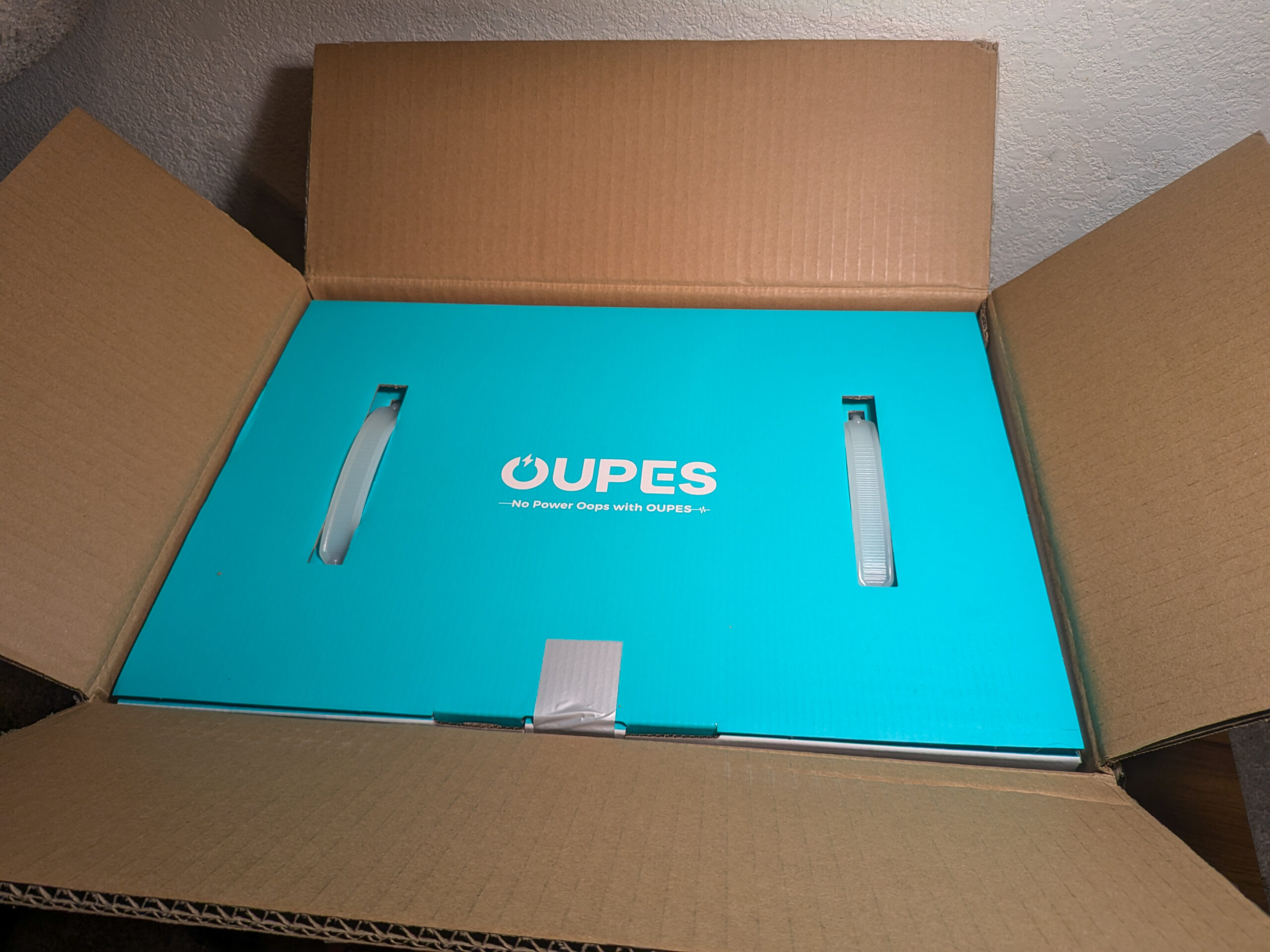Support CleanTechnica’s work through a Substack subscription or on Stripe.
Two weeks ago, I wrote an article about a couple in Virginia who are suing Tesla, claiming they were trapped inside their Model Y after it collided with a utility pole in 2023. An off-duty first responder rushed to the stricken couple, but the exterior door latch was not working. He proceeded to break the window in the driver’s door, but then did not know how to find the mechanical door release. The driver was pulled to safety through the window opening, but the passenger had to wait for the Jaws of Life to arrive.
The interior front door emergency release is fairly simple to operate. Just pull up the lever located at the front of the arm rest to activate it, but it is matte black and blends in perfectly with the rest of the armrest/window switches component. If you don’t know it is there, it may as well be on the dark side of the moon for all the good it will do.
Opening the front doors in an emergency is possible, but finding the emergency release for the rear doors is not. At the bottom of each rear door is a storage compartment designed for holding water bottles, sunglasses, and the usual bric-a-brac people bring with them when they go for a ride in a car. It is matte black. At the bottom of the storage area is a rubber cover that is also matte black. Underneath that cover is a tiny hatch in the bottom of the compartment, also matte black.
Open the hatch and you will see a wire with a piece of white foam tape wrapped around it. Pull on that wire to operate the mechanical door release — if you can get a grip on the end. It is right there where you can see it, but getting your fingers into the small opening is not all that easy. The end of the wire has a tendency to get pushed deeper into the door cavity unless you know precisely what you are doing.
In point of fact, if you are dazed after an accident and don’t know how to remove the rubber cover, open the hatch, and grab the end of the cable release, your odds of getting out of the vehicle are essentially zero.
Tesla Fails This Safety Test
We have been writing about Tesla and its focus on safety since the first Model S rolled off the line in Fremont. And yet, the company has sent hundreds of thousands of cars into the world with what can only be described as a potentially lethal defect. How could that be? We have no idea, but it is not a good look for the head of a company who thinks he is worth $1 trillion.

Tesla shrugs and says its cars comply with all applicable federal safety standards, which is technically correct but glosses over the fact that those federal safety standards focus on surviving a crash, not getting out of a vehicle afterwards. Frankly we expect more from Tesla.
Saying the cars comply with applicable safety standards is the kind of easy excuse making that is typical of the industry, like the defective ignition switches that GM refused to replace or the defective Pintos from Ford that had a habit of bursting into flames when struck from behind. Shame on Tesla for taking the easy way out instead of giving their customers the higher than normal standard of safety people thought they were getting when they decided to buy a Tesla.
After I wrote that article, I did some research online and found the problem varied a bit from model to model and by model year. I found a pair of straps on Amazon with bright yellow ends that attach to the mechanical cable pull. They cost $9.00, which is a cheap price to pay for peace of mind.
It’s not a perfect solution — someone unfamiliar with Teslas may not know to look for them — but it gives me a sense of doing something to reduce the danger. In the photos below, I will show you how difficult it is to locate the emergency cable pulls and how to install these little beauties.
Let’s begin with a photo of exactly what that storage compartment at the bottom of the rear doors looks like. I illuminated it with a flashlight, but without that light, it looks like a black hole. Everything down there is matte black and only someone who has done their research would know there is a removable rubber cover down there.

Removing that bit of rubber is no easy task. It is best accomplished by prying on it with a small screwdriver. If you don’t have a flashlight and a small screwdriver, you are out of luck. Here is what that piece of rubber looks like after it is removed:

Once you have the rubber out, you can see the hatch cover that gives access to the cable release. Trust me on this. Opening that cover without a small screwdriver is difficult and finding it without a flashlight is virtually impossible. There is nothing to indicate how the hatch opens. Can you imagine trying to do this after being in a serious collision while the car is beginning to fill with smoke?

Once you open the hatch cover, you will see a strip of white foam tape that covers the loop at the end of the release cable. Getting your fingers on it is challenging. To install the pull straps, you have to strip the foam tape away — not the easiest thing to do in a very confined space.

Next, finagle the lock ring on the end of the strap through the end of the cable release — a job that would be easier with three hands, but that simply is not possible in such a narrow space. Be patient and give yourself time to get it right. You might think once you have done one side, the other side would be easier, but that is not the case.
Working in the space available is a task best left to people who are infinitely patient. I am not one of those people! Be careful while you are poking your fingers through the access cover. There are other wires in the vicinity and you don’t want to be tugging on the wrong thing.

Now you are ready to close the access cover and reinsert the rubber liner. When you are done, everything should look like this.

Once the task was completed, my long suffering wife asked, “What if someone wonders what this little yellow tab is for and decides to pull it while the car is in motion?” Good question. People have a tendency to mess with things, so her question is quite appropriate. If we point it out and explain why it is there, we risk someone pulling on it just to see what happens. Or people could become nervous about riding in the back seat.
If we don’t mention it, we risk a rear seat passenger not knowing what to do if the people in front are unconscious or unable to give instructions. For the moment, we have decided to not give everyone who rides in the back seats a tutorial. There really is no one size fits all solution to this dilemma.
A Redesign Is In The Works
The focus of this article is on the interior door release mechanisms, which are powered by the onboard 12-volt battery. So are the exterior door handles. If there is no 12-volt power, touching the exterior or interior door releases accomplishes nothing. Those electric door controls are a way cool feature of Tesla automobiles (and many other cars as well), but regulators in the US, EU, and China are beginning to get concerned about the safety of passengers after an accident.
According to Bloomberg, Franz von Holzhausen, the chief designer for the company since forever, now says Tesla is exploring ways to combine the electronic and manual door-release mechanisms, which are currently in separate locations. He said the decision is intended to make the handles more intuitive for occupants in “a panic situation.” Well, Franz, it’s about damn time, don’t you think?
NHTSA opened an investigation this week into whether some Tesla doors are defective, citing incidents in which exterior handles stopped working and trapped children inside. The probe, which covers an estimated 174,290 Model Y SUVs from the 2021 model year, “will also assess the approach used by Tesla to supply power to the door locks and the reliability of the applicable power supplies,” the agency said.
The door handle design is not unique to Tesla, but the carmaker has popularized certain traits, including flush-to-the-door handles. Critics have said the design can complicate rescue efforts and put the onus on passengers to find manual release latches they’re not accustomed to using.
In China this week, a top regulator is said to be considering a ban on fully concealed door handles, and Europe has implemented incremental measures to improve post-crash rescue protocols, Bloomberg says. Tesla is currently studying details of the potential change in China, von Holzhausen said, and is ready to make necessary changes. “We’ll have a really good solution for that,” he said.
That’s wonderful news, Franz, but it doesn’t explain why Tesla took so long to address a glaring defect that puts people’s lives at risk or how any changes will be retrofitted to cars already manufactured. Tesla, as per usual, had nothing to say when asked for clarification by Bloomberg. It has an obligation to assure current owners that the company they trusted is taking those safety issues seriously, and that it has a viable plan to address them.
Sign up for CleanTechnica’s Weekly Substack for Zach and Scott’s in-depth analyses and high level summaries, sign up for our daily newsletter, and follow us on Google News!
Have a tip for CleanTechnica? Want to advertise? Want to suggest a guest for our CleanTech Talk podcast? Contact us here.
Sign up for our daily newsletter for 15 new cleantech stories a day. Or sign up for our weekly one on top stories of the week if daily is too frequent.
CleanTechnica uses affiliate links. See our policy here.
CleanTechnica’s Comment Policy




